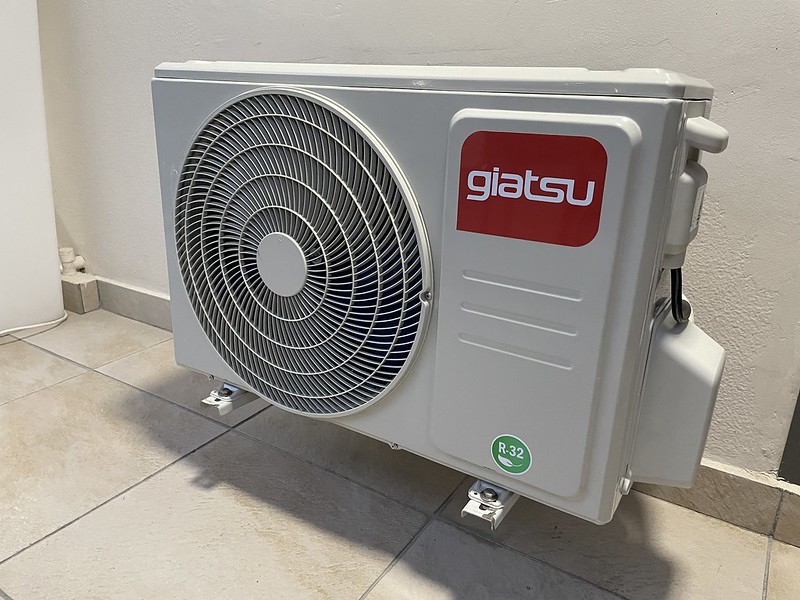The life expectancy of a mini split system is a crucial factor to consider when investing in an efficient and long-lasting HVAC solution for your home or commercial space. On average, a well-maintained mini split system can last between 20 to 30 years, outperforming the typical 15 to 25-year lifespan of a conventional HVAC system. However, the actual longevity of your mini split system depends on various factors, from the quality of the equipment to the frequency of maintenance and proper installation.
Understanding the Factors that Influence Mini Split Lifespan
1. Equipment Quality and Brand Reputation
The quality of the mini split system components, such as the compressor, refrigerant lines, and indoor/outdoor units, plays a significant role in determining its lifespan. Renowned brands like Mitsubishi, Daikin, and Fujitsu are known for their superior engineering and durability, often providing extended warranties to back up their products. When selecting a mini split system, research the brand’s reputation, read customer reviews, and compare the features and warranties offered.
2. Proper Installation and Sizing
Correct installation by a licensed and experienced HVAC technician is crucial for the longevity of a mini split system. Improper installation can lead to issues such as refrigerant leaks, airflow imbalances, and electrical problems, all of which can shorten the system’s lifespan. Additionally, ensuring the mini split system is correctly sized for the space it’s intended to cool or heat is essential to prevent premature wear and tear.
3. Frequency of Use and Environmental Conditions
The frequency of use and the environmental conditions in which the mini split system operates can also impact its lifespan. Systems that are used extensively, such as in commercial settings or in regions with extreme temperatures, may experience more wear and tear compared to those used in moderate climates or residential settings with moderate usage. Proper maintenance becomes even more critical in these scenarios.
4. Maintenance and Upkeep
Regular maintenance is the key to maximizing the life expectancy of a mini split system. This includes tasks such as:
- Cleaning or Replacing Filters: Dirty filters can restrict airflow, leading to increased strain on the system and reduced efficiency.
- Cleaning Indoor and Outdoor Units: Dust, debris, and vegetation buildup can impede airflow and cause overheating, reducing the system’s lifespan.
- Checking and Cleaning Refrigerant Lines: Leaks or blockages in the refrigerant lines can lead to system malfunctions and decreased performance.
- Inspecting and Cleaning Condensate Drains: Clogged drains can cause water damage and promote the growth of mold and mildew, which can compromise the system’s components.
- Professional Servicing: Annual maintenance by a licensed HVAC technician can help identify and address any issues before they become major problems, ensuring the system operates at peak efficiency.
5. Proper Storage and Handling
When not in use, such as during the off-season, proper storage and handling of the mini split system’s components can also contribute to its longevity. Outdoor units should be covered to protect them from the elements, and indoor units should be kept clean and free of dust and debris.
Maximizing the Lifespan of Your Mini Split System
To ensure your mini split system reaches its full potential lifespan, consider the following best practices:
- Choose a High-Quality, Reputable Brand: Invest in a mini split system from a manufacturer known for its engineering excellence and customer support, such as Mitsubishi, Daikin, or Fujitsu.
- Ensure Proper Installation: Hire a licensed and experienced HVAC technician to install your mini split system, ensuring it is correctly sized and integrated into your home or commercial space.
- Develop a Comprehensive Maintenance Routine: Regularly clean or replace filters, dust the indoor and outdoor units, check and clean refrigerant lines, and clear condensate drains. Schedule annual professional servicing to catch and address any issues early on.
- Protect the System During Off-Seasons: Cover the outdoor unit and keep the indoor units clean and dust-free when the mini split system is not in use.
- Monitor System Performance: Pay attention to any changes in the system’s efficiency, noise levels, or cooling/heating performance, and address any issues promptly to prevent further damage.
By following these guidelines and maintaining your mini split system diligently, you can maximize its lifespan and enjoy the benefits of a reliable, energy-efficient HVAC solution for decades to come.

